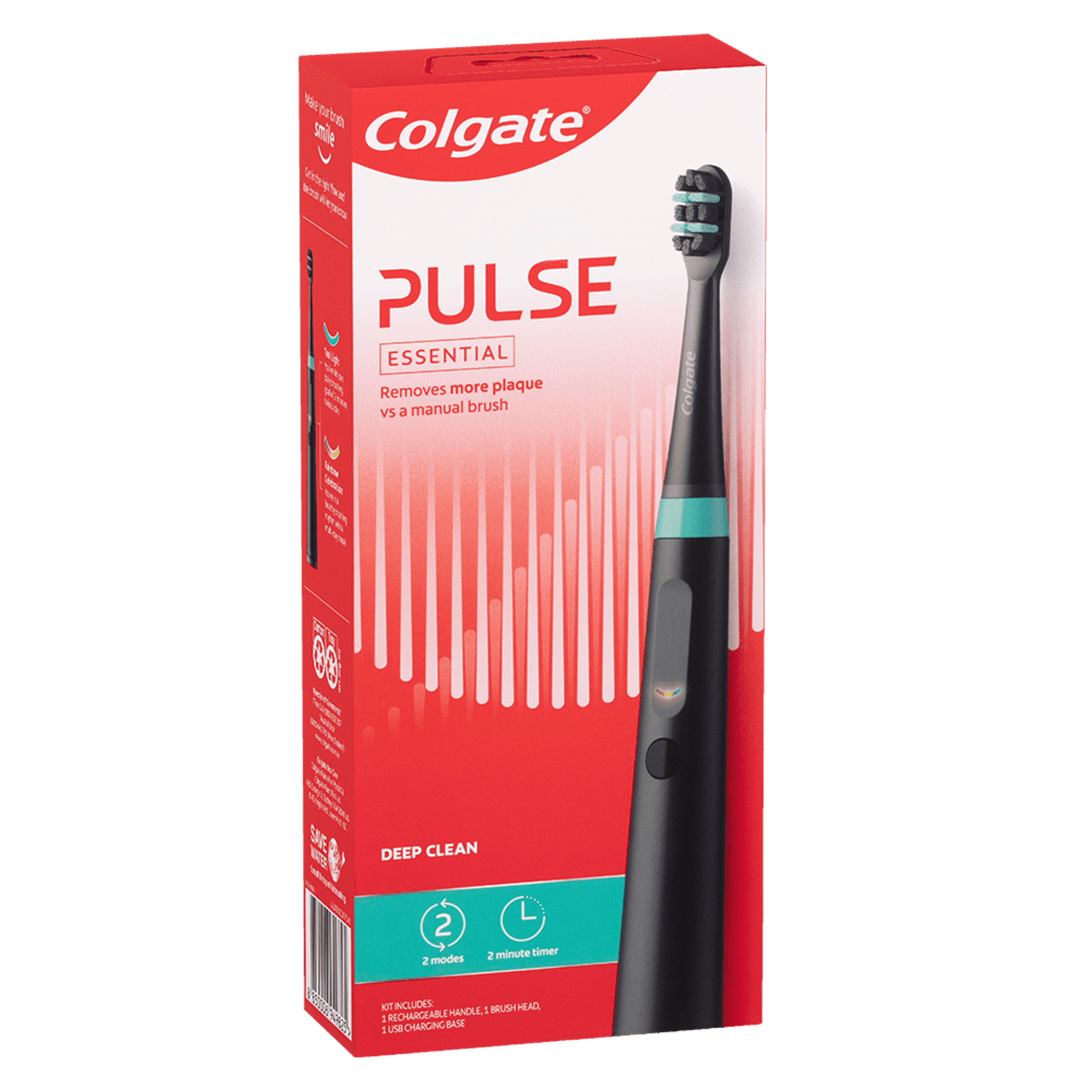-
-

BRUSHING & FLOSSING
How to BrushWhat Is the Right Way to Brush?
Proper brushing takes at least two minutes — that's right, 120 seconds!...

BRUSHING & FLOSSING
How To FlossWhat is the Right Way to Floss?
Proper flossing removes plaque and food particles in places where a toothbrush cannot easily reach... -
Science & Innovation
- Colgate® | Toothpaste, Toothbrushes & Oral Care Resources
- Oral Health
- Abscessed Tooth Symptoms and Treatment


When the inside of your mouth gets hurt or irritated, bacteria may enter and cause an infection. Sometimes you will see a painful swelling filled with pus (a thick, yellowish fluid). If the pus can't drain out, the area will get more swollen and painful. This is known as an abscess. The abscess forms a barrier around the infection. This is one way that your body tries to keep a bacterial infection from spreading.
Abscesses can form very quickly. Sometimes they form only one or two days after the infection starts. There are two common types of oral abscess:
- A gum abscess (also called a periodontal abscess) is usually caused by an infection in the space between the tooth and gum. The infection may occur after food gets trapped between the gum and tooth. In people with severe periodontal disease, bacteria can build up under the gum and in the bone.
- A tooth-related abscess (also called a periapical abscess) starts inside the tooth. This happens when the tooth's "nerve" is dead or dying. This type of abscess shows up at the tip of the tooth's root. Then it spreads to the surrounding bone.
Most abscesses are painful, so people usually seek treatment right away. Sometimes the infection causes little or no pain. If an abscess is not treated, the infection can last for months or even years. It will not go away on its own, so it's important not to ignore the symptoms.
If the infection is not treated, it can damage the surrounding bone and teeth. A hollow tunnel sometimes forms through the bone and skin to allow pus to drain.
This tunnel is called a fistula or "sinus tract." You might see or feel this opening inside your mouth. It looks like a pimple. If you have pus draining through a fistula, you might notice a strange taste in your mouth.
The build-up of pressure causes the pain of an abscessed tooth. If the abscess is draining through a fistula the pressure is reduced and the pain will lessen. However, the infection still needs to be treated.
Sometimes, an abscess that isn't treated can form a fluid-filled bubble (cyst) in the jaw bone. If the tooth is severely broken down and can't be saved, the cyst may come out when the tooth is extracted. If the tooth can be saved, you will need root canal treatment to remove the infected material. If this treatment does not heal the cyst, you may need surgery to remove it.
In rare cases, the infection that causes an abscess may spread and lead to serious health problems.
What You Can Do
Abscesses are always serious because the infection may spread to other parts of the body. Call your dentist for an appointment.
If you can see or feel a pimple-like swelling on your gum, rinse your mouth several times a day with a mild salt-water solution. Use 1/2 teaspoon of salt in 200 ml of hot water. This may help draw the pus out and relieve pressure. Even if the rinse seems to help, you still need to see your dentist as soon as possible.
What Your Dentist Will Do
If a fistula has formed, your dentist will trace it back to the source of the infection. Your dentist will insert a flexible, thin piece of material into the fistula. This will appear on an X-ray and show the dentist where the fistula leads. Once your dentist cleans out the infection, the fistula usually will close on its own.
If the infection started inside a tooth, your dentist will make a small hole in the tooth. This allows the abscess to drain. The tooth will need root canal treatment, followed by a filling or a crown.
If the abscess is very large or the tooth is badly damaged, you may need to have the tooth removed. A large abscess often will need to be drained. The dentist makes a hole in the gum through to the infection that provides an exit path for any fluid or pus. This will reduce the risk of further spread of the infection.
People with severe gum disease may have abscesses. Draining them helps the immediate problem. However, the gum disease needs to be treated to prevent another infection.
Your dentist may give you a prescription for antibiotics and painkillers. These drugs will help the abscess heal and keep the infection from spreading, but will not be a substitute for the dental treatment required.
This article is intended to promote understanding of and knowledge about general oral health topics. It is not intended to be a substitute for professional advice, diagnosis or treatment. Always seek the advice of your dentist or other qualified healthcare provider with any questions you may have regarding a medical condition or treatment.
Related Products

Helping dental professionals
More professionals across the world trust Colgate. Find resources, products, and information to give your patients a healthier future











